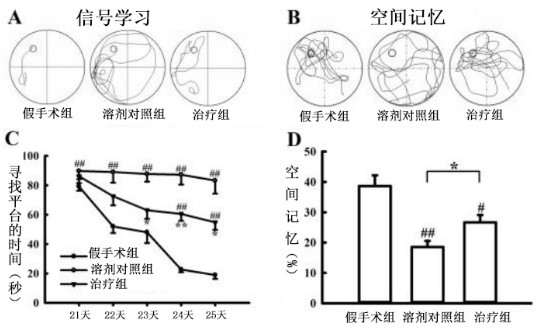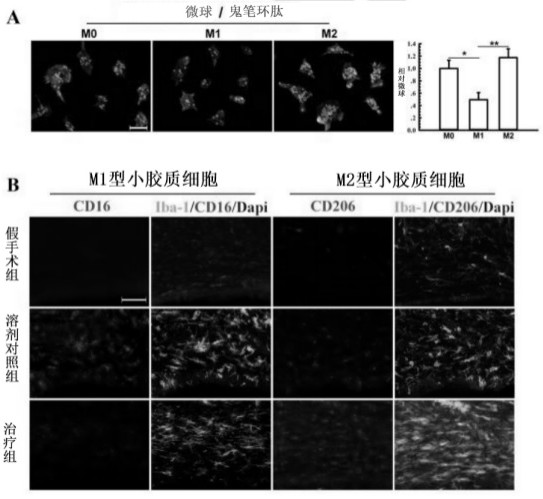Polypeptide analogue and application thereof in medicines for intervention treatment of cerebral hemorrhage
A technology of analogs and peptides, which is applied in the field of peptide analogs and its application in the intervention and treatment of cerebral hemorrhage drugs, can solve the problems of unclear key mechanism and lack of treatment methods, achieve good therapeutic effect, relieve anxiety, improve The effect of learning and memory dysfunction
- Summary
- Abstract
- Description
- Claims
- Application Information
AI Technical Summary
Problems solved by technology
Method used
Image
Examples
Embodiment 1
[0045] Embodiment 1: A kind of polypeptide analog, in described polypeptide analog, polypeptide is Tat-CIRP-CMA, wherein Tat is the transmembrane structural sequence of 11 amino acids, and CIRP is 15 on the cold-inducible protein CIRP with the highest affinity with MD2 CMA is a 14-amino acid signal peptide sequence targeting the proteasome.
[0046] The 15 amino acid sequences with the highest affinity: GRGFS RGGGD RGYGG.
[0047] The polypeptide analogs include: amino acid fragments in the transcriptional transactivator Tat, amino acid fragments in the cold-inducible protein CIRP, and a key sequence KFERQKILDQRFFE necessary for autophagy mediated by molecular chaperones.
[0048] The 47th-57th amino acid fragment in the transcriptional transactivator Tat is located at the N-terminal of the fusion protein, the 111th-125th amino acid fragment in the cold-inducible protein CIRP is located in the middle of the fusion protein, and the molecular chaperone mediator The key sequence...
PUM
 Login to View More
Login to View More Abstract
Description
Claims
Application Information
 Login to View More
Login to View More - R&D
- Intellectual Property
- Life Sciences
- Materials
- Tech Scout
- Unparalleled Data Quality
- Higher Quality Content
- 60% Fewer Hallucinations
Browse by: Latest US Patents, China's latest patents, Technical Efficacy Thesaurus, Application Domain, Technology Topic, Popular Technical Reports.
© 2025 PatSnap. All rights reserved.Legal|Privacy policy|Modern Slavery Act Transparency Statement|Sitemap|About US| Contact US: help@patsnap.com



